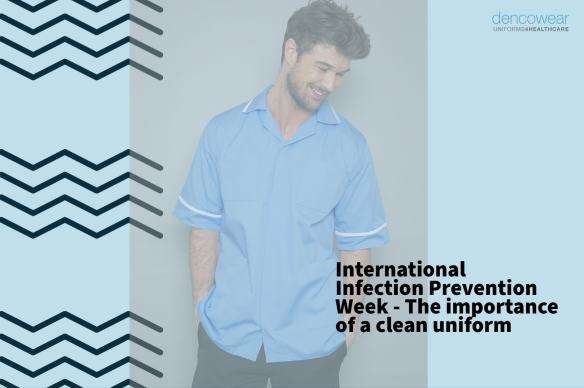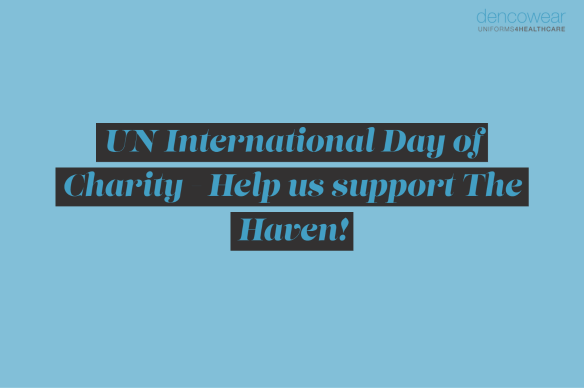International Infection Prevention Week provides an opportunity for infection preventionists, healthcare professionals, consumers, organisations and industry partners to raise the awareness of infection prevention.
Infection Prevention procedures are necessary to ensure the safety of patients and clients as well as healthcare personnel and visitors within the environment. They are designed to prevent cross transmission from sources of infection including blood and other body fluid secretions and any equipment which can become contaminated.

Hands are the most common way in which infection can be passed on, especially in those who are most vulnerable to infection. Good hand hygiene is an important practice in reducing transmission of infection including Healthcare Associated Infections (HCAI) during delivery of care. Adequate hand drying is also important in removing remaining residual moisture that can also facilitate transmission of micro-organisms.
The wearing of a clean uniform by a Healthcare Professional is of utmost importance to prevent the spread of infection to patients and simply the act of changing into a uniform from everyday clothes can put the worker into the right frame of mind to begin the work itself - it is part of the thought process of cleanliness can instil in them the reasons for maintaining a high standard of hygiene.
For the patient, ill in hospital, to be cared for by a Nurse or Health Worker wearing a clean uniform who obviously maintains a high standard of hygiene gives confidence and assists the healing process.
According to several studies, healthcare uniforms can potentially become contaminated by disease-causing bacteria, such as Staphylococcus aureus, Clostridium difficile, and glycopeptideresistant enterococci (GRE). Commonly it is areas like pockets, scuffs and aprons where the maximum contamination occurs. Therefore, it is essential that all healthcare uniforms worn by staff comply with hygienic regulations and the fabric must be able to withstand laundering at least 60°C and tumble drying.
To avoid contamination the Royal College of Nursing has these suggestions:
- Where facilities are available, staff should change out of their uniform promptly at the end of a shift.
- Hand hygiene must be performed before and after contact with patients regardless of whether contact with uniform fabric has occurred.
- Uniforms should be carried separately from other items – clean and dirty uniforms must not be transported together.
- Hand washing uniforms is ineffective and should not be undertaken.
- Entering commercial premises in uniform/clothing should be avoided where possible.
At Uniforms4Healthcare we offer a huge range of uniforms and apparel suitable for healthcare professionals that comply with the standards necessary for infection prevention. For example our range of nurses dresses and nurses tunics which are vat dyed (to ensure they don't lose colour), can withstand bleaching and high washing temperatures.
We also have doctors scrubs in different colours from Mint Green to Burgundy which come in sizes XXS to 5XL - suitable for both male and females doctors.
If you are interested in finding out more then The Infection Prevention Society works both with its members and with others to produce a range of resources that are valuable for those aiming to prevent and control infections in a range of settings. Take a look at the Infection Prevention Society website for more information - http://www.ips.uk.net





